Bernini under glass: the new Salvator Mundi niche looks like a boutique window
No respite is being granted to Salvator Mundi, Gian Lorenzo Bernini’s last masterpiece, the extraordinary marble Christ that the great Baroque artist sculpted in his 80s in 1679 and left to Queen Christina of Sweden. After being displayed, for a full five months, at Fiumicino airport, for a questionable exhibition that saw Bernini’s masterpiece at the center of Terminal 1 of the Roman airport, now the Salvator Mundi returns, yes, to its home, namely the basilica of San Sebastiano fuori le Mura in Rome, but the set-up that was designed to welcome it inside the church is perhaps even worse than the exhibition at the airport.
The Fiumicino exhibition was, after all, a short-lived operation: this time, on the other hand, it is presumable that the new fixture of the niche that usually houses the work is made to stay, perhaps even for a long time. For now, no communication has come either from Aeroporti di Roma (only a few pictures of the disassembly of the fixture at Fiumicino have been published) or from the Ministry of the Interior (the basilica of San Sebastiano fuori le Mura is in fact the property of the FEC - Fondo Edifici di Culto: only photographs are circulating where the Salvator Mundi appears in its new location. That is: under glass, behind an ugly metal frame with exposed hinges, in a niche repainted purple, resting, instead of on the previous marble base, on a box with some basic information about the work.
“Giovan Lorenzo Bernini’s last work,” reads the description, “the sculpture was made for his private devotion and intended, by bequest in his will, for Queen Christina of Sweden. Already seventeenth-century art literature considered it the spiritual and artistic testament of the great Baroque master. Disappeared and rediscovered in 2001 at the convent attached to the basilica of St. Sebastian Outside the Walls, studied extensively to ascertain its authorship, the sculpture was restored in 2006 and transferred to this room surmounted by the Borghesian coat of arms. It is larger than natural size and was designed for viewing from below, according to a pyramidal shape that accentuates its monumentality. It is characterized by a different marble surface finish, with chiaroscuro and luministic outcomes of great effect and elegance. Abstract and free - freed from naturalistic requirements - is the rendering of the folds of the marble, as well as the curled hair, beard and mustache.” This is followed by English translation and logos of the Ministry of the Interior and the FEC.
The new arrangement has been stymied by art historian and specialist in seventeenth-century sculpture, Fabrizio Federici, who through his popular Mo(n)stre page put it this way, “The compartment that houses the work has been painted red. That it fits-in an exhibition. The bust stands out in the background. But in a church with light colors, very delicate colors, does it fit? But the most dramatic thing is the basement. What happened to the marble base (not ancient, but certainly valuable)? Put it back. All well and good to provide information about the works, but it can be provided alongside, as was already being done, since one is still in a church, and not in a museum, or rather an exhibition. In fact, there has been a shift from the musealization of the piece (usable anyway even as a sacred image) to the setting up of a permanent exhibition on the work, which is no longer integrated into the sacred space, but stands out, stands apart from it, because it is the star.” For Federici, it is proof that extemporaneous initiatives such as the airport display always have spin-offs , however, and those spin-offs are not necessarily positive.
The arrangement thus made abstracts the Salvator Mundi from its context and, as the scholar notes, elevates Bernini to the role of protagonist-an attitude that is completely contrary to any good art-historical practice. And users of the Mo(n)stre page on Facebook go wild: “but what is it? A boutique?”, “you can’t see it,” it looks like the “Big Brother confessional” (or “Barbara D’Urso’s studio”), “I was thinking of a sex shop,” “all that’s missing is the price.” Others point out that the lighting is totally wrong in that it flattens the volumes and thus impairs the readability of the work. Nothing to do, in short, with the more sober and elegant previous set-up. Which is now being clamored for.

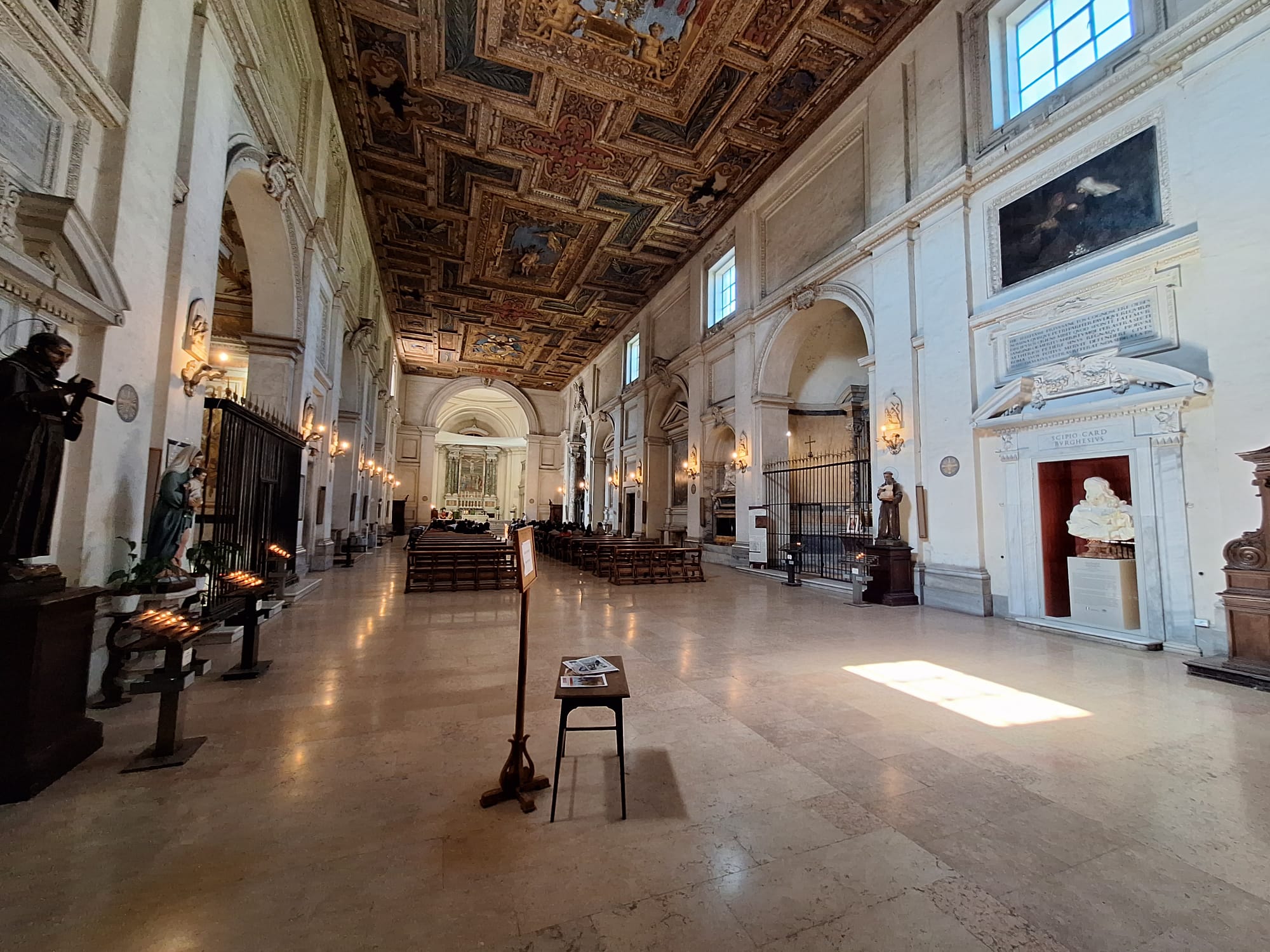 New staging of
New staging of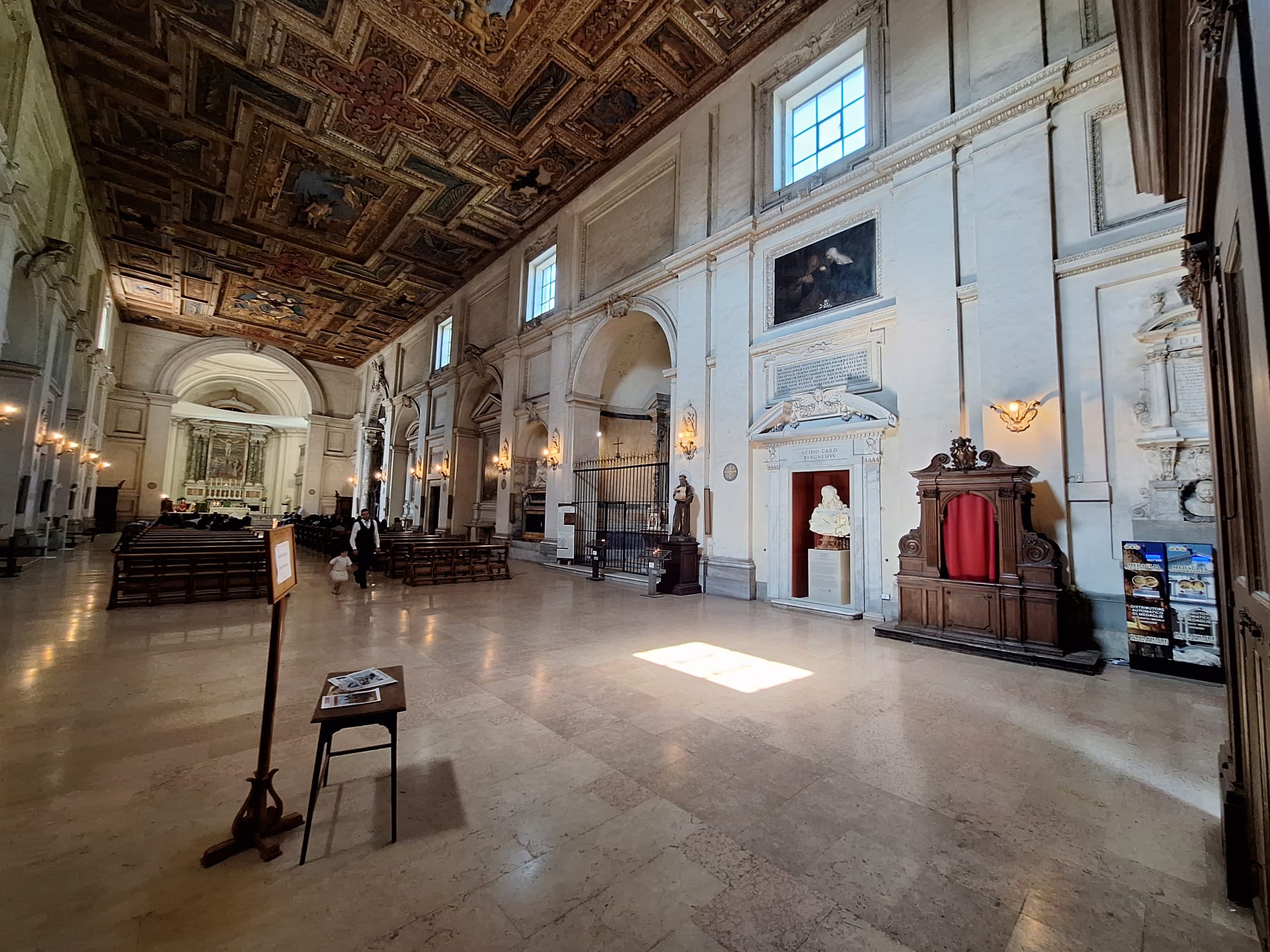 New staging of
New staging of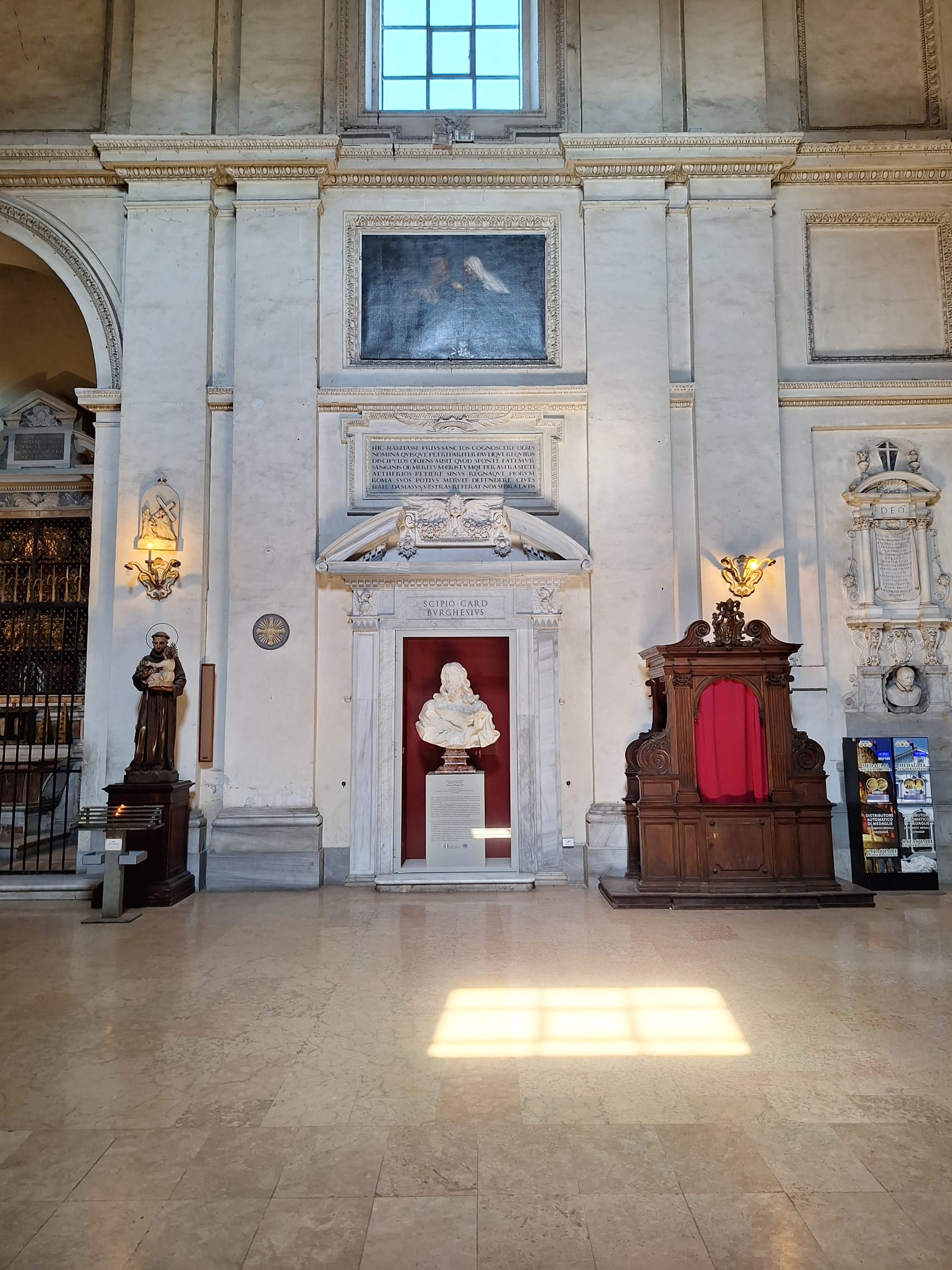 New staging of
New staging of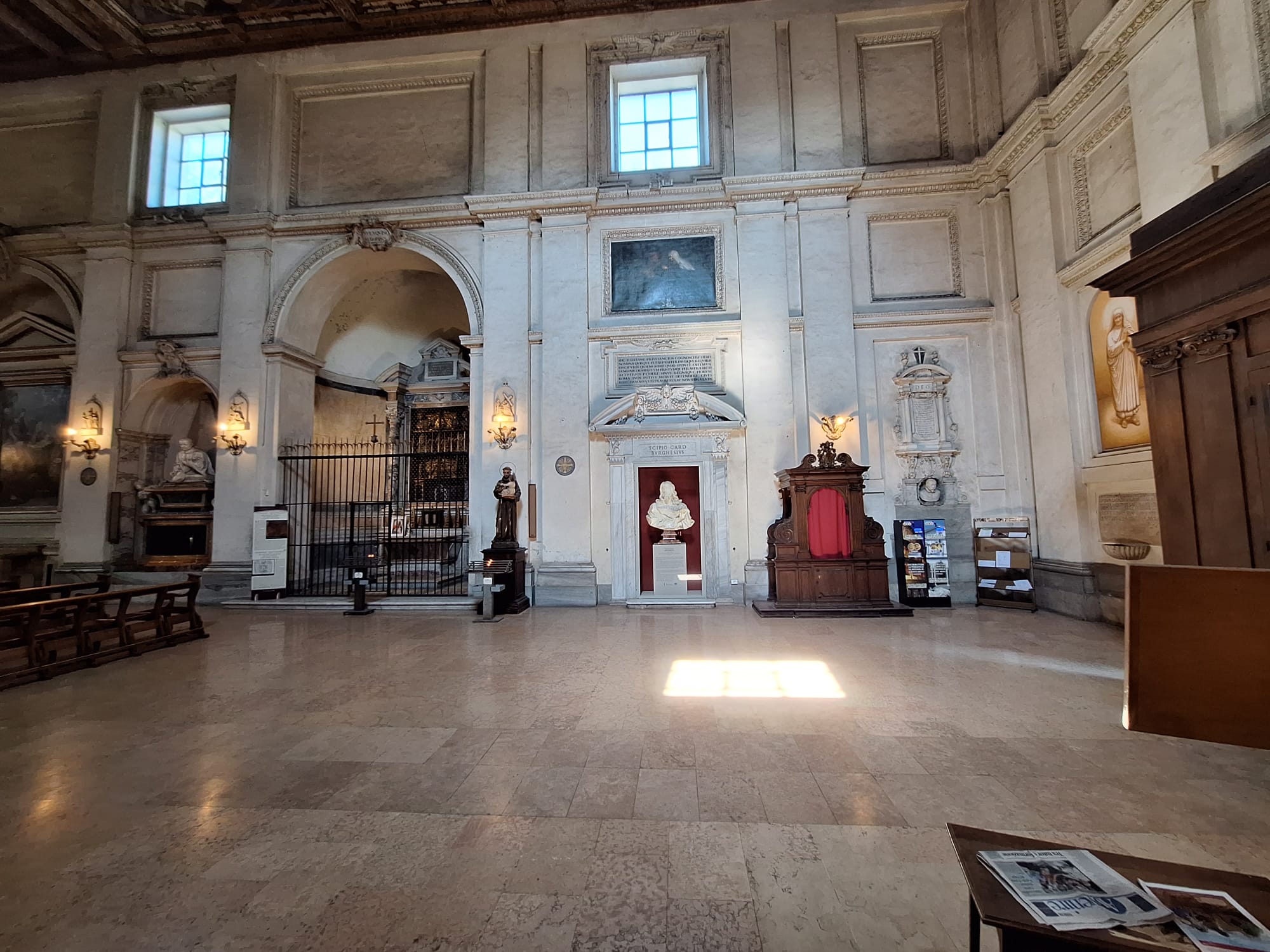 New staging of
New staging of New installation of
New installation of New installation of
New installation of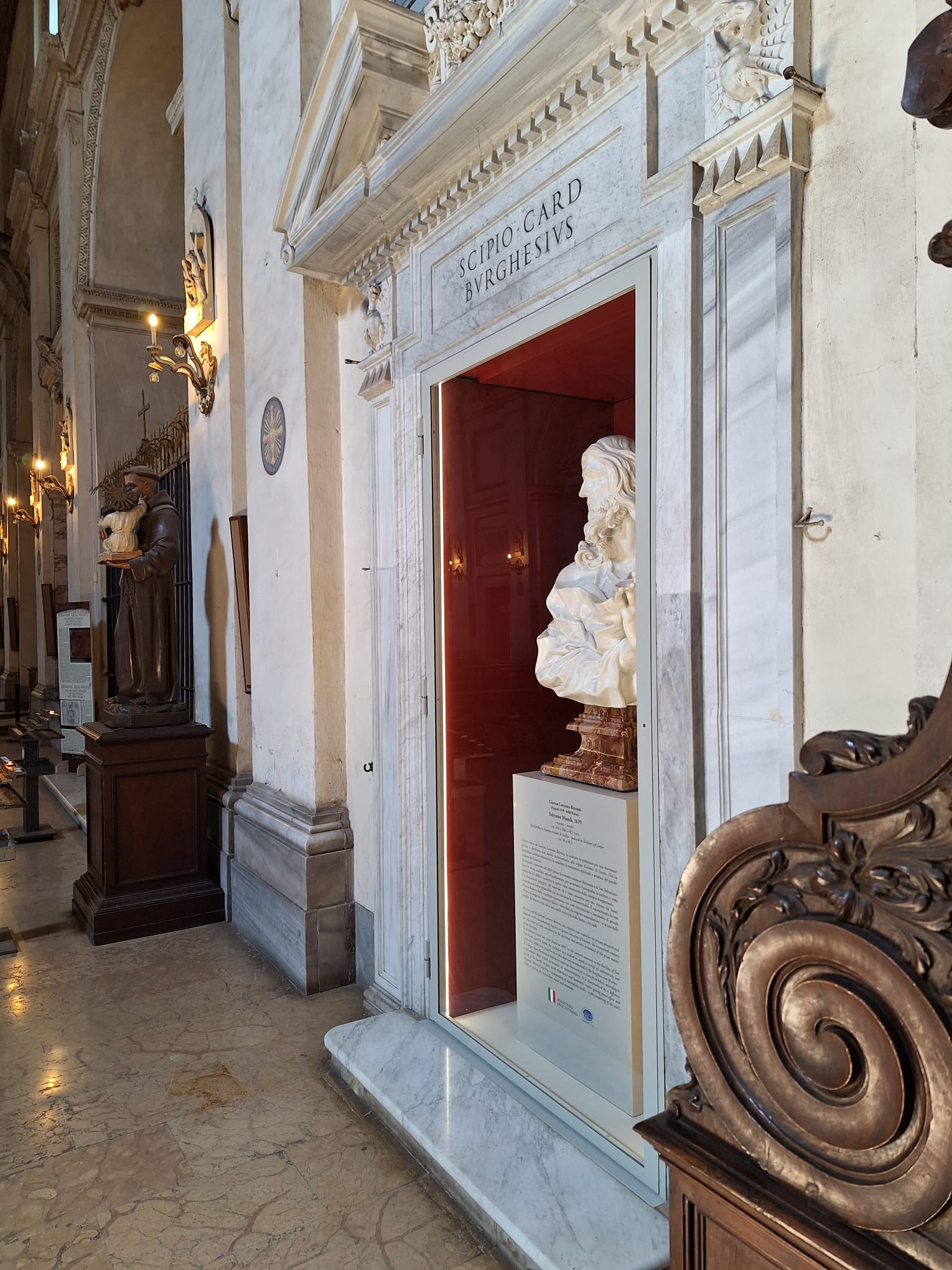 New installation of
New installation of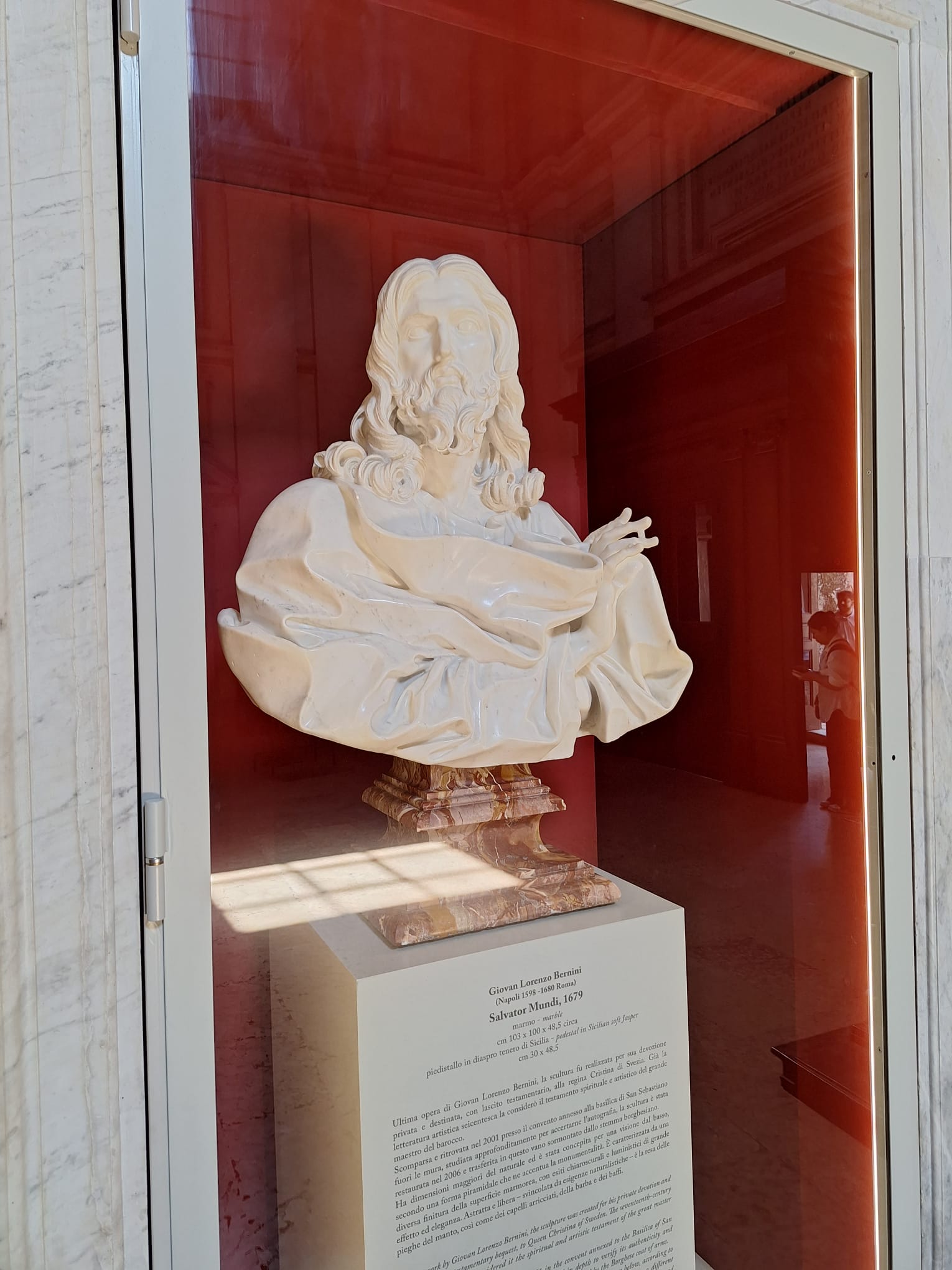
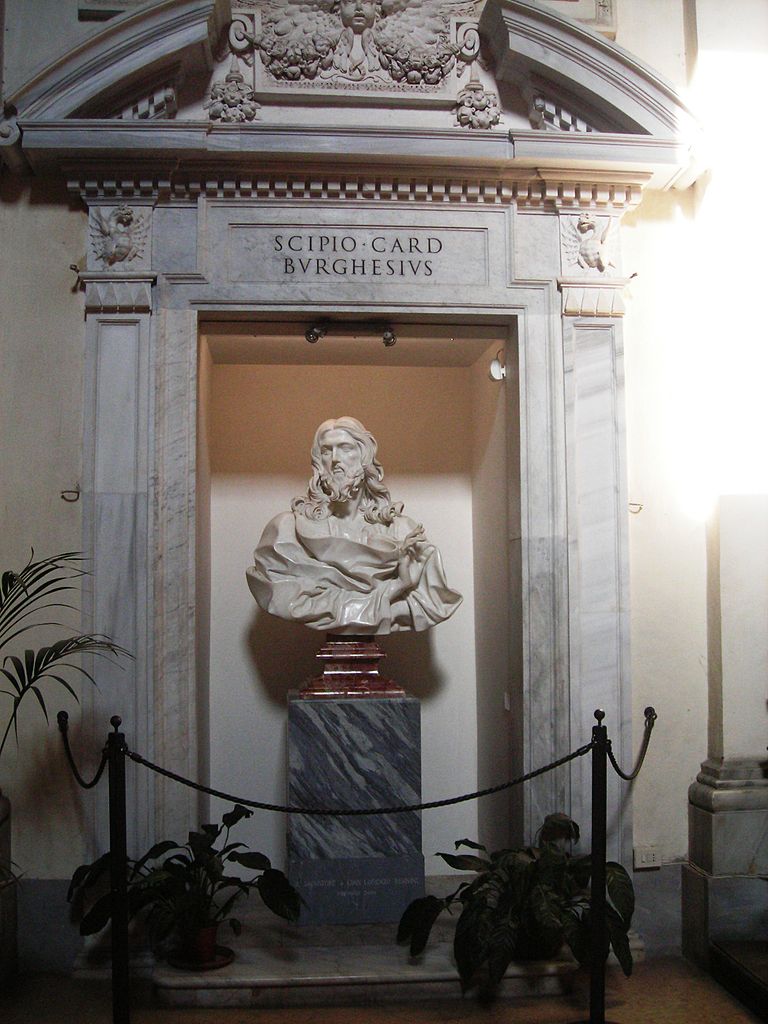
 |
| Bernini under glass: the new Salvator Mundi niche looks like a boutique window |
Warning: the translation into English of the original Italian article was created using automatic tools. We undertake to review all articles, but we do not guarantee the total absence of inaccuracies in the translation due to the program. You can find the original by clicking on the ITA button. If you find any mistake,please contact us.





























